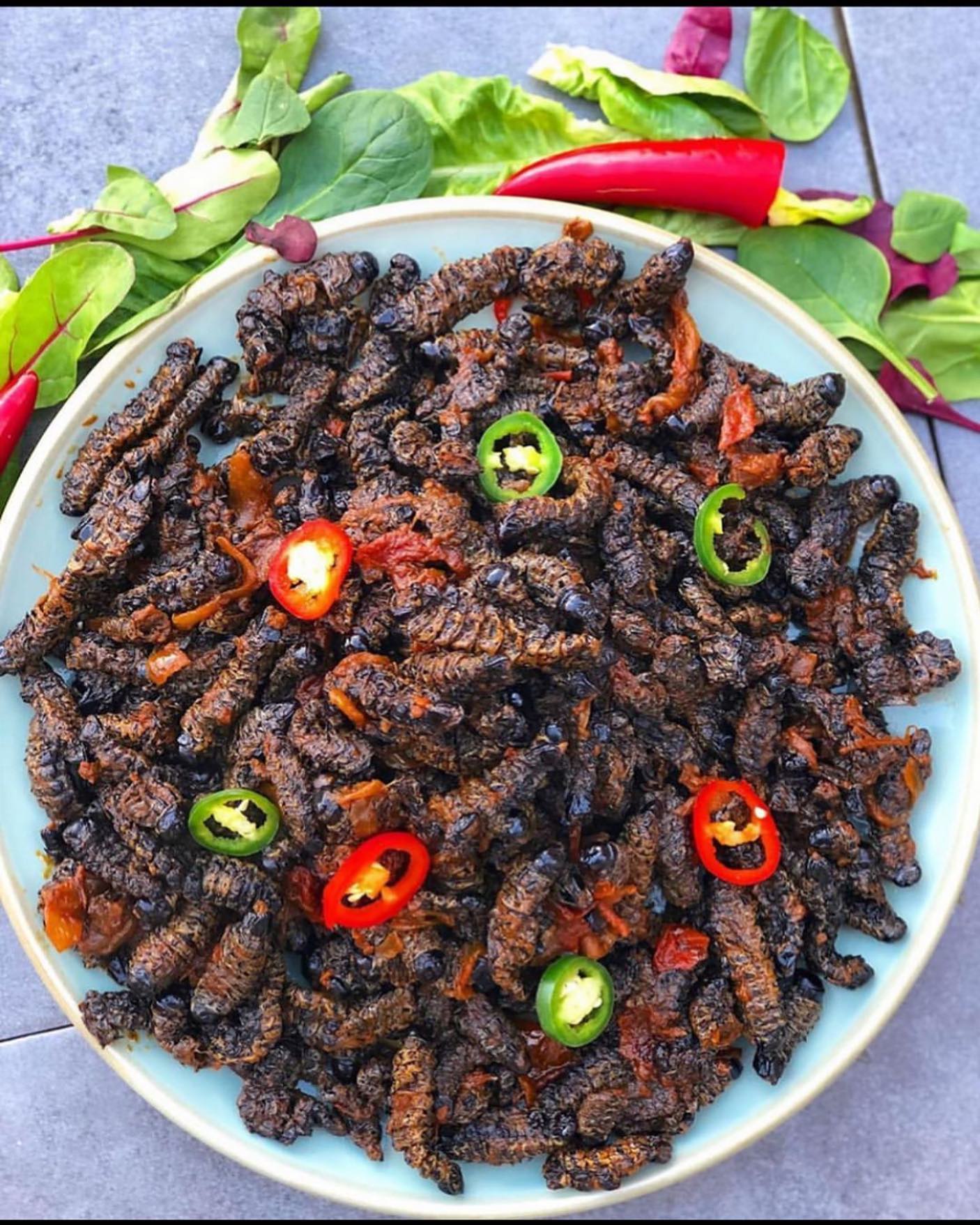Food is a universal language, but what we consider delicious can vary wildly depending on where we are in the world. What might seem bizarre or unappetizing to some is a beloved delicacy to others. Exploring these unique dishes not only offers a glimpse into different cultures but also challenges us to rethink our own culinary boundaries. Here are some of the weirdest foods people actually eat around the globe—and why they’re worth trying (if you’re brave enough).
1. Balut – The Philippines
Balut is a fertilized duck egg with a partially developed embryo inside. It’s boiled and eaten straight from the shell, often with a sprinkle of salt or vinegar. Considered a street food delicacy in the Philippines, balut is prized for its rich, savory flavor and cultural significance. It’s believed to be a source of vitality and strength.
2. Casu Marzu – Italy
Known as “maggot cheese,” Casu Marzu is a Sardinian specialty made by allowing cheese to ferment with live fly larvae. The larvae help break down the cheese, giving it a creamy texture and intense flavor. Though controversial and even banned in some places, locals see it as a rare delicacy and a tradition worth preserving.
3. Hakarl – Iceland
Hakarl is fermented shark meat, a dish that dates back to Iceland’s Viking history. The shark’s meat is toxic when fresh, so it’s buried underground for months to ferment and remove harmful substances. It’s then hung to dry before being served in small cubes with a strong ammonia-like smell. It’s definitely an acquired taste, but it’s a must-try for adventurous eaters visiting Iceland.
4. Escamoles – Mexico
Dubbed “insect caviar,” escamoles are the edible larvae of ants harvested from agave plants. This pre-Hispanic delicacy has a nutty, buttery flavor and is often served sautéed with butter and spices or as a taco filling. It’s a sustainable and protein-rich food that reflects Mexico’s deep-rooted culinary history.
5. Sannakji – South Korea
Sannakji is a dish of live octopus, typically served freshly cut into pieces that still wriggle on the plate. It’s seasoned with sesame oil and is known for its chewy texture and the thrill of eating something still moving. The dish is a popular delicacy in South Korea and symbolizes freshness and culinary daring.
6. Huitlacoche – Mexico
Often referred to as “corn smut,” huitlacoche is a fungus that grows on ears of corn. While some might see it as a crop disease, in Mexico, it’s a prized ingredient with an earthy, umami-rich flavor. It’s used in tacos, quesadillas, and soups, showcasing the country’s resourcefulness in turning imperfections into culinary treasures.
7. Surströmming – Sweden
This Swedish dish consists of fermented Baltic herring, often considered one of the world’s smelliest foods. Surströmming is typically eaten outdoors to minimize the pungent aroma and is paired with flatbread, potatoes, and onions. Despite its strong smell, fans of the dish enjoy its salty, tangy flavor.
8. Tuna Eyeballs – Japan
A common item in Japanese fish markets, tuna eyeballs are a byproduct of tuna processing and are often braised or boiled with soy sauce, ginger, and garlic. The texture is gelatinous, and the flavor is mild, making it a surprisingly palatable dish despite its intimidating appearance.
9. Fried Tarantulas – Cambodia
Fried tarantulas are a popular snack in Cambodia, especially in the town of Skuon. These spiders are seasoned and deep-fried until crispy, with a taste often compared to crab or chicken. The dish has its roots in Cambodia’s history of resourcefulness during tough times and has since become a delicacy.
10. Century Egg – China
Century eggs, also known as preserved or thousand-year eggs, are duck, chicken, or quail eggs preserved in a mixture of clay, ash, and salt for weeks or months. The result is a jelly-like egg with a greenish yolk and a strong, tangy flavor. While they may look unusual, they’re a cherished delicacy in Chinese cuisine, often served as part of a meal or a snack.
11. Mopane Worms – Southern Africa
Mopane worms, the caterpillars of the emperor moth, are a staple in Southern Africa, particularly in Zimbabwe, Botswana, and South Africa. They’re often dried or fried for a crunchy texture and high protein content. They’re also a sustainable food source in regions where meat is scarce.
12. Stink Bugs – Indonesia and Africa
In parts of Indonesia and Africa, stink bugs are eaten for their tangy flavor and high nutritional value. They’re typically boiled or roasted, with their distinct aroma (hence the name) being part of the experience. They’re also believed to have medicinal properties.
13. Cuy – Peru
Cuy, or guinea pig, is a traditional dish in Peru and other Andean countries. Roasted or fried, it’s served whole and is a source of protein for indigenous communities. While it may seem odd to those who keep guinea pigs as pets, in Peru, it’s a cultural delicacy with historical significance.
14. Black Pudding – UK and Ireland
Black pudding, or blood sausage, is made from pork blood, fat, and oatmeal, giving it a distinctively rich flavor. It’s often served as part of a traditional English or Irish breakfast and is beloved for its savory, hearty taste.
Exploring these unusual dishes is more than just a culinary adventure—it’s a way to connect with the history, culture, and traditions of the people who cherish them. While some might challenge your palate (and your courage), they’re a reminder of how diverse and creative humanity’s relationship with food truly is. Would you dare to try any?








